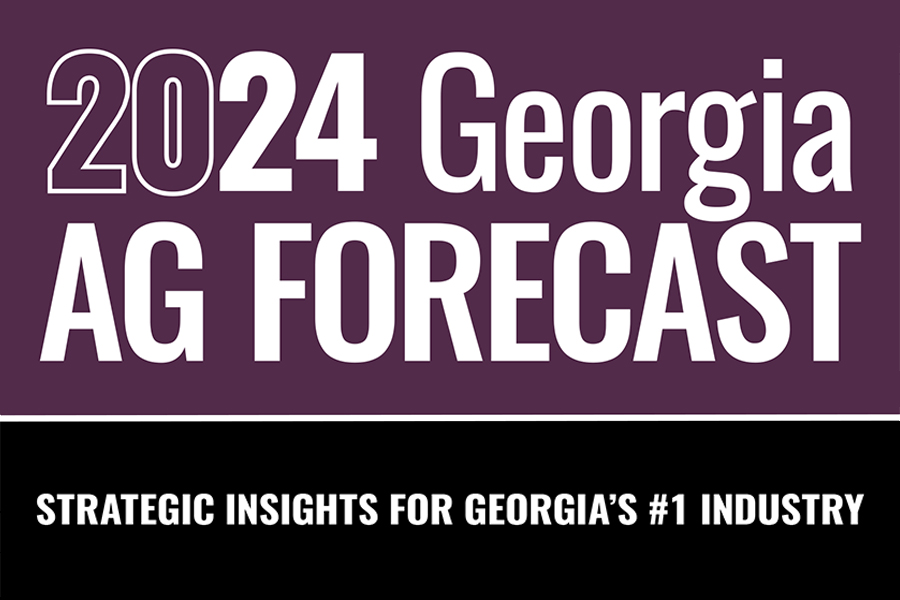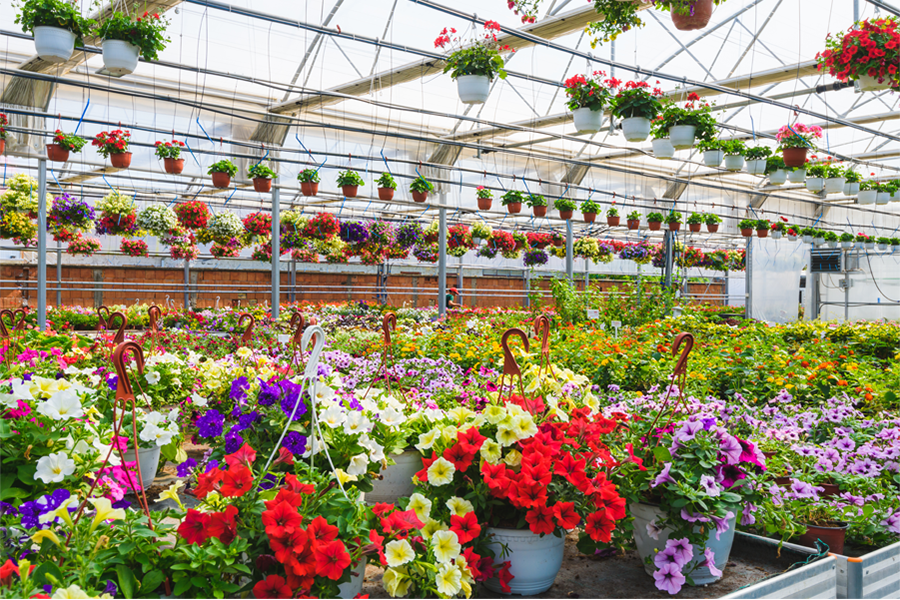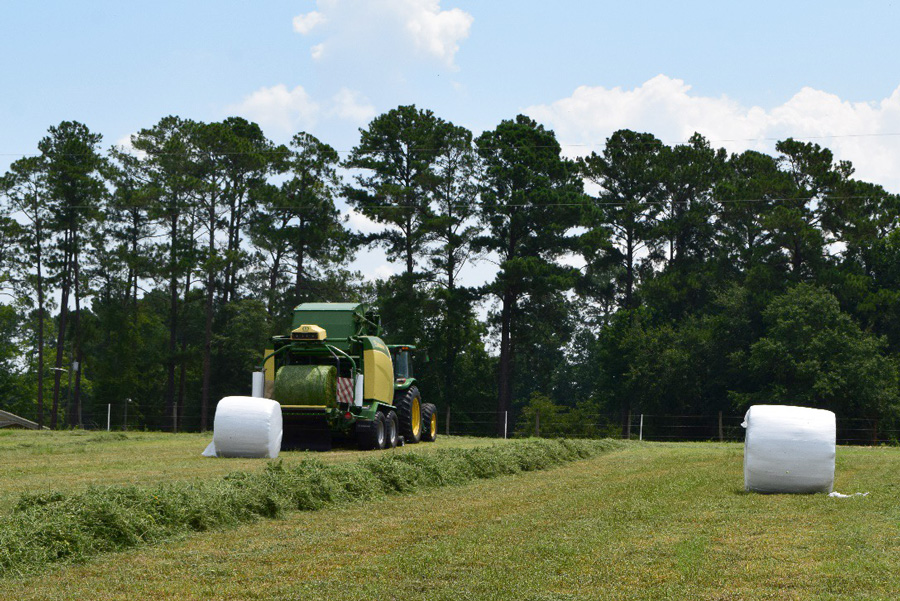Field Crops, Forage and Turfgrass Production
-

AP 130-2-12
Green Industry 2024
1. 2023 was a good year for many green industry firms, but not as good as 2020–2022.
2. The unknowns going into 2024 include higher inflation and interest rates, mixed signals within the economy, increased input costs, and variability in the housing market.
3. Green industry sales in Georgia are projected to be lower than 2023 levels.Ben Campbell
|
-

Whiteflies are common and recurrent insect pests of cotton in Georgia. The severity of whitefly damage varies from year to year based on the size of the pest population. The most abundant species of whitefly found infesting cotton in Georgia is Bemisia tabaci, commonly known as the silverleaf whitefly (SLWF) or sweet potato whitefly. Another species, bandedwinged whitefly (Trialeurodes abutiloneus), may also be present in Georgia cotton. This publication highlights whitefly biology, damage, sampling procedures, control methods, and tips for managing risk in cotton.
Phillip Marion Roberts, Apurba Barman, and Michael D Toews
|
-

The success of the Southeast Boll Weevil Eradication Program has played a major role in the recent revival of Georgia’s cotton industry. Along with these economic benefits, the remarkable success of the eradication program
has led to a significant decrease in insecticide use in Georgia cotton, and to substantial environmental benefits to growers and residents of the state.Phillip Marion Roberts
|
-

Variety selection is one of the biggest decisions and investments cotton growers make each year. In 2010, the UGA Extension Cotton Agronomists implemented the UGA On-Farm Cotton Variety Evaluation Program to assist in this decision. In this annual publication, varieties were evaluated in 2020 across a wide range of environments in the cotton producing regions of Georgia in cooperation with county agents and industry partners. The implementation of this program has made a tremendous impact on variety selection from year to year, and it will continue to have the same impact in the future.
R. Anthony Black, Phillip Marion Roberts, Eric Elsner, Scott Rogers, and Camp Hand
|
-

Variety selection is one of the biggest decisions and investments cotton growers make each year. In 2010, the UGA Extension Cotton Agronomists implemented the UGA On-Farm Cotton Variety Evaluation Program to assist in this decision. In this annual publication, varieties were evaluated in 2020 across a wide range of environments in the cotton producing regions of Georgia in cooperation with county agents and industry partners. The implementation of this program has made a tremendous impact on variety selection from year to year, and it will continue to have the same impact in the future.
Wade B. Parker, Eric Elsner, Scott Rogers, and Camp Hand
|
-

Georgia’s nurseries, greenhouses and turfgrass businesses are major contributors to Georgia’s growing economy, to the beauty of Georgia homes and businesses, and to a better quality of life. When used appropriately, the products and services provided by these businesses enhance the environment of their customers. Thus, it only makes sense that these businesses should use management practices that are not damaging to natural resources and the environment. This publication is one tool that green industry companies can use to evaluate their management practices and design strategies for environmental compliance and pollution prevention.
Ping Yu
|
-

AP 130-1-12
Green Industry 2023
1. 2022 was a good year for many green industry firms, with many firms
seeing increased profits.
2. There are many unknowns going into 2023 that will impact green
industry sales, including higher inflation and interest rates, mixed signals
within the economy, and the impact of varying strength of the housing
market in Georgia.
3. Green industry sales in Georgia are projected to be similar to 2022 levels.Amanda R Smith and Ben Campbell
|
-

Baled silage, or “baleage,” is an excellent method for forage harvest, storage, and feed efficiency. Conserving forage as baleage enables harvests to be performed on a timely basis, allowing harvests to capture higher quality forage. This publication focuses on common questions about making and feeding baleage.
Lisa Baxter
|
-

AP 130-1-03
2023 Cotton Outlook
1. Reduction in consumer demand for cotton related products will suppress cotton prices in 2023.
2. U.S. cotton acreage and production likely will decline in 2023 because of lower relative-price expectations with competing crops.
3. The cotton production profit margin likely will be lower in 2023 with high input costs and low cotton prices.Amanda R Smith and Yangxuan Liu
|